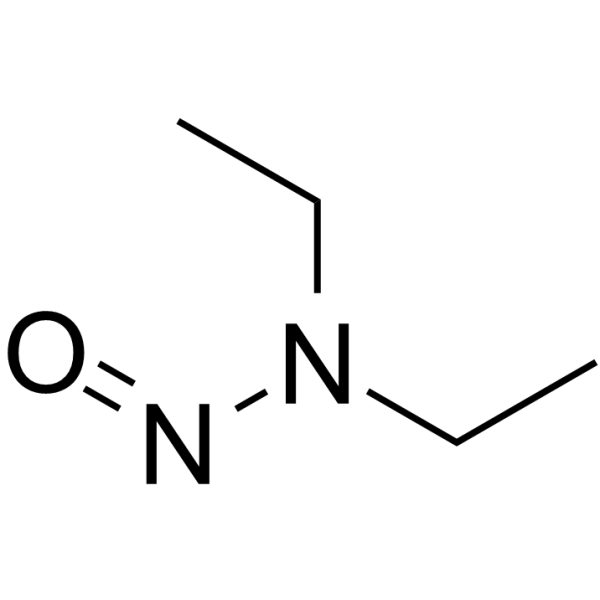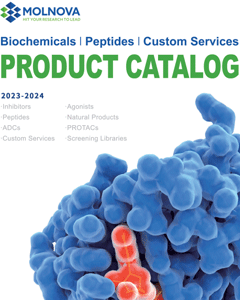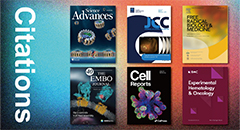
N-Nitrosodiethylamine
CAS No. 55-18-5
N-Nitrosodiethylamine( —— )
Catalog No. M28040 CAS No. 55-18-5
N-Nitrosodiethylamine is a potent hepatocarcinogenic dialkylnitrosoamine. N-Nitrosodiethylamine is mainly present in water, tobacco smoke, cheddar cheese, cured, fried meals and many alcoholic beverages. N-Nitrosodiethylamine is responsible for the changes in the nuclear enzymes associated with DNA repair/replication.
Purity : >98% (HPLC)
 COA
COA
 Datasheet
Datasheet
 HNMR
HNMR
 HPLC
HPLC
 MSDS
MSDS
 Handing Instructions
Handing Instructions
| Size | Price / USD | Stock | Quantity |
| 500MG | 37 | In Stock |


|
| 1G | Get Quote | In Stock |


|
Biological Information
-
Product NameN-Nitrosodiethylamine
-
NoteResearch use only, not for human use.
-
Brief DescriptionN-Nitrosodiethylamine is a potent hepatocarcinogenic dialkylnitrosoamine. N-Nitrosodiethylamine is mainly present in water, tobacco smoke, cheddar cheese, cured, fried meals and many alcoholic beverages. N-Nitrosodiethylamine is responsible for the changes in the nuclear enzymes associated with DNA repair/replication.
-
DescriptionN-Nitrosodiethylamine is a potent hepatocarcinogenic dialkylnitrosoamine. N-Nitrosodiethylamine is mainly present in water, tobacco smoke, cheddar cheese, cured, fried meals and many alcoholic beverages. N-Nitrosodiethylamine is responsible for the changes in the nuclear enzymes associated with DNA repair/replication. N-Nitrosodiethylamine results in various tumors in all animal species. The main target organs are the liver, nasal cavity, trachea, lung and esophagus.(In Vivo):Mice with N-Nitrosodiethylamine (25mg/kg) intraperitonially resulted in fatty liver disease leading to progress of cancer disease.
-
In Vitro——
-
In Vivo——
-
Synonyms——
-
PathwayCell Cycle/DNA Damage
-
TargetDNA/RNA Synthesis
-
Recptor——
-
Research Area——
-
Indication——
Chemical Information
-
CAS Number55-18-5
-
Formula Weight102.137
-
Molecular FormulaC4H10N2O
-
Purity>98% (HPLC)
-
SolubilityIn Vitro:?H2O : 100 mg/mL (979.05 mM)
-
SMILESCCN(CC)N=O
-
Chemical Name——
Shipping & Storage Information
-
Storage(-20℃)
-
ShippingWith Ice Pack
-
Stability≥ 2 years
Reference
1.Aravind AP, Asha KR, Rameshkumar KB. Phytochemical analysis and antioxidant potential of the leaves of Garcinia travancorica Bedd. Nat Prod Res. 2016;30(2):232-6.
molnova catalog



related products
-
Procarbazine hydroch...
Procarbazine hydrochloride (Matulane) is a hydrochloride salt form of procarbazine which is a polyfunctional alkylating compound used as an antineoplastic agent.
-
AS-136A
AS-136A is an orally active measles virus RNA-dependent RNA polymerase (RdRp) inhibitor with antiviral activity that inhibits measles virus and blocks viral RNA synthesis.
-
Pyridostatin
Pyridostatin Trifluoroacetate Salt is a G-quadruplexe stabilizer with Kd of 490 nM in a cell-free assay.



 Cart
Cart
 sales@molnova.com
sales@molnova.com


